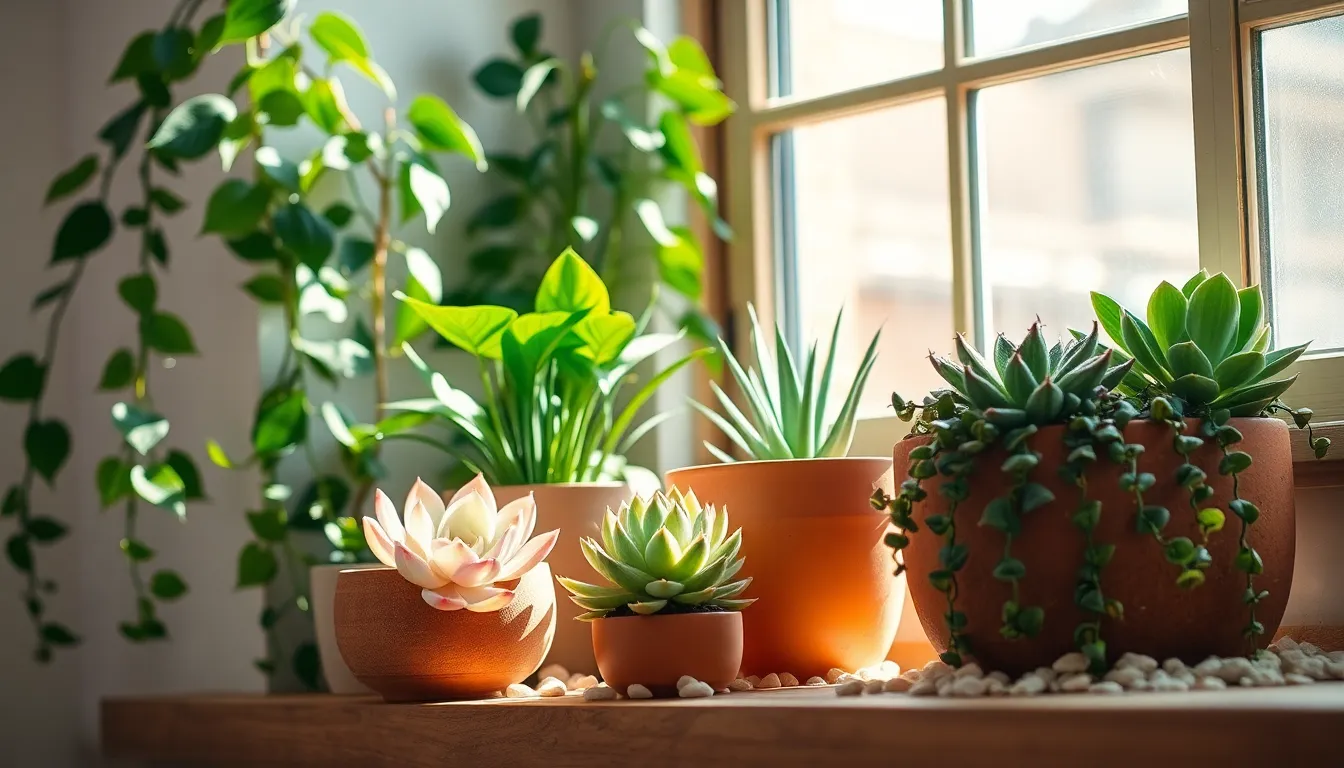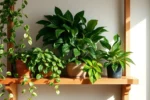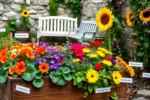Welcome to the lush world of indoor gardening, where even the smallest apartment can become an oasis of greenery and life! Whether you’re just beginning your gardening journey or you’re a seasoned plant enthusiast, this guide to the best plants for small apartments is your passport to bringing nature inside, transforming your space into a vibrant, living sanctuary. Imagine the satisfaction of nurturing a plant from seedling to its full, thriving potential, all within the cozy confines of your home.
In this carefully curated list, we’ve selected plants that not only fit perfectly into compact living spaces but also thrive in them, offering beauty and benefits without demanding too much of your time or space. You’ll discover plants that purify the air, lift your spirits, and perhaps even inspire your culinary adventures, all while requiring minimal maintenance. With the guidelines and tips provided here, you’ll feel confident in your ability to cultivate a flourishing indoor garden, regardless of your level of expertise. Embrace the joy and rewards of successful gardening, and watch as your small apartment blossoms with life and color.
Snake Plant (Low-Light Tolerant Air Purifier)
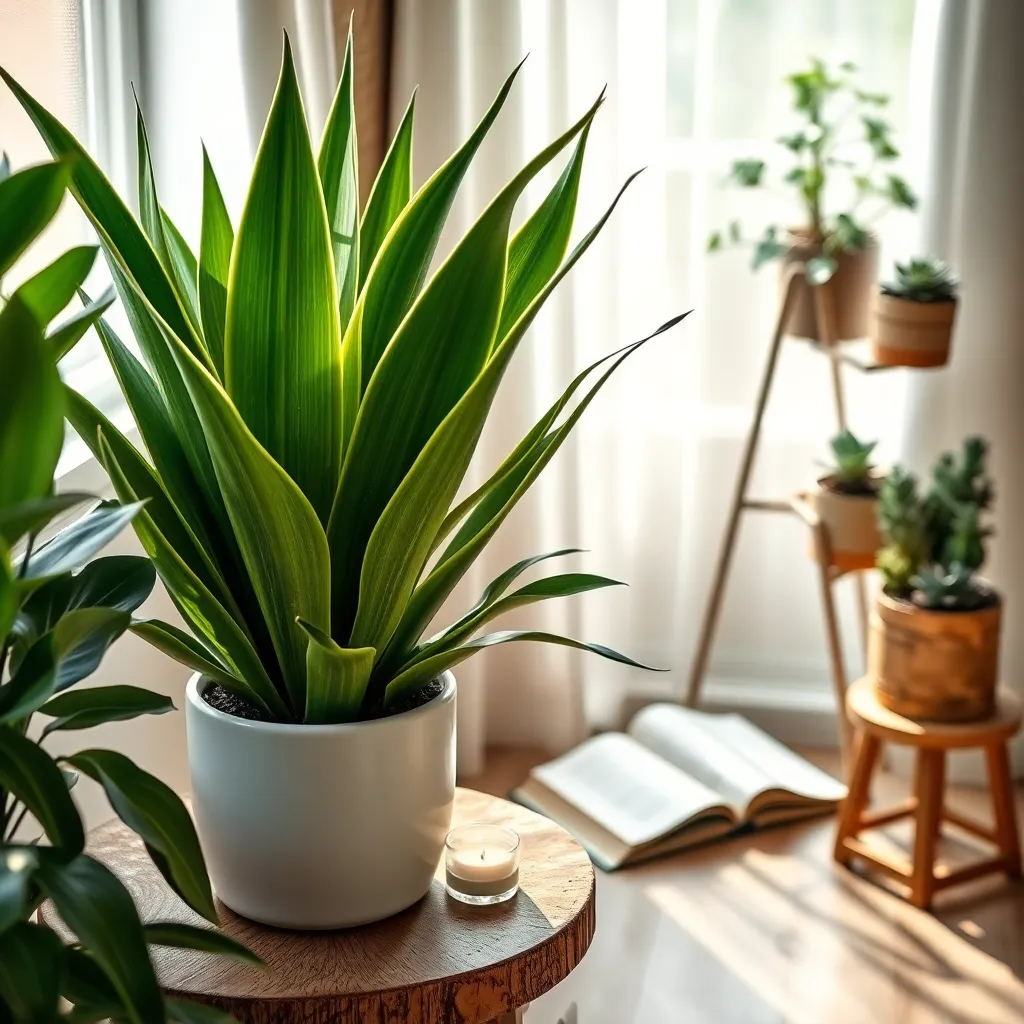
Snake plants, also known as Sansevieria or mother-in-law’s tongue, are perfect for small apartments because they thrive in low-light conditions and require minimal maintenance. Their ability to purify the air by removing toxins like formaldehyde and benzene makes them an excellent choice for improving indoor air quality.
Position your snake plant in a spot with indirect sunlight, as direct sunlight can cause the leaves to scorch. Water the plant sparingly; allowing the soil to dry out completely between waterings is crucial to prevent root rot.
For optimal growth, use a well-draining potting mix, such as a cactus or succulent blend, which ensures that water doesn’t sit around the roots. If you’re a more experienced gardener, consider adding a bit of perlite to improve aeration further.
Repotting should be done every couple of years or when the plant outgrows its container, which is often indicated by roots protruding from the bottom. When repotting, choose a pot that is only slightly larger than the current one to discourage overwatering and promote healthy growth.
Pothos Vine (Trailing Beauty for Vertical Space)
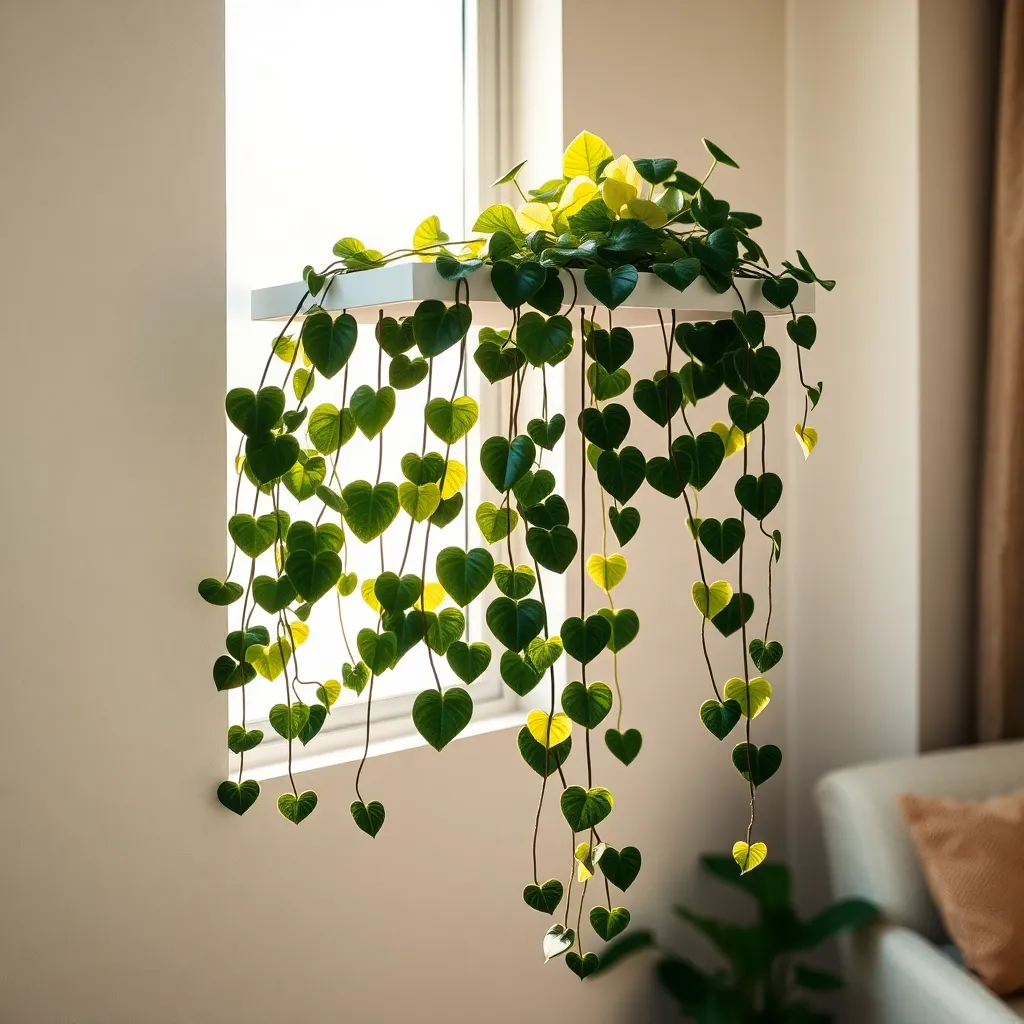
Pothos vines, also known as Epipremnum aureum, are an excellent choice for small apartments due to their ability to thrive in various light conditions. These resilient plants can grow in both low-light and bright, indirect light, making them suitable for almost any room.
To keep your pothos vine healthy, ensure that it’s planted in well-draining soil, like a mix of potting soil, perlite, and orchid bark. This combination provides proper aeration and drainage, preventing root rot and promoting robust growth.
Watering is key to maintaining a thriving pothos vine; allow the top inch of soil to dry out between waterings. Overwatering can lead to root rot, so it’s better to err on the side of underwatering if you’re unsure.
For those looking to enhance their gardening skills, try propagating your pothos by cutting a vine just below a node and placing it in water until roots develop. This not only creates new plants to enjoy or share but also helps manage the length of your original vine, keeping it looking lush and controlled.
LED Grow Lights (Compact Energy-Efficient Solution)
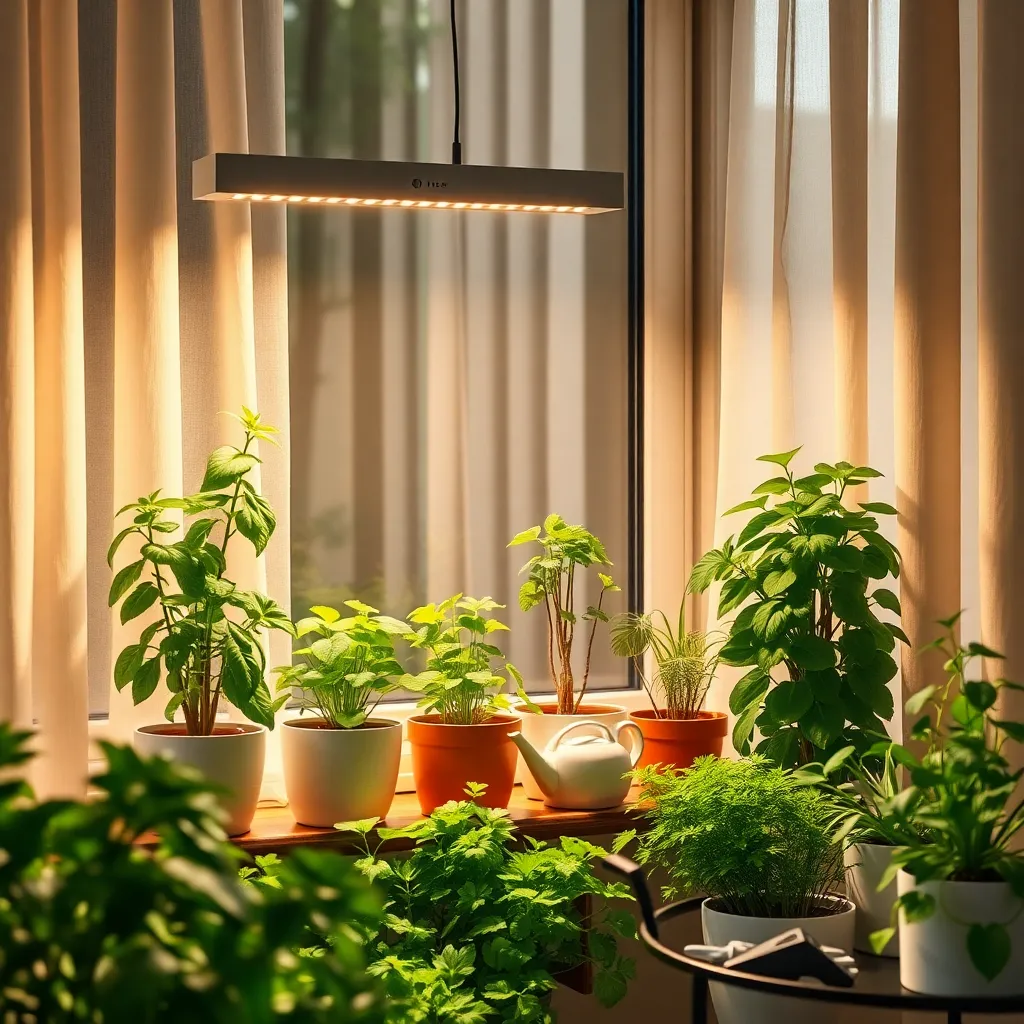
For small apartment dwellers looking to cultivate plants indoors, LED grow lights offer a compact, energy-efficient solution. These lights mimic the natural sunlight that plants require, making them perfect for environments with limited natural light.
LED grow lights are available in various spectrums to cater to different plant needs. The full-spectrum options are particularly effective as they support all stages of plant growth, from germination to flowering.
Position your LED grow lights about six inches above the plants to optimize their effectiveness. Adjust the height and intensity based on the plant’s response; too close may cause leaf burn, while too far may result in leggy growth.
Consider using a timer to automate the lighting schedule, ensuring your plants receive about 12 to 16 hours of light per day. This consistency helps plants thrive, especially in winter months when natural light is scarce.
For those with more experience, experiment with different light spectrums to see what works best for specific plant types. Some plants might benefit from more red light during the flowering phase, while others may require more blue light during vegetative growth.
Miniature Herb Garden Kits (Space-Saving Flavor Boosters)
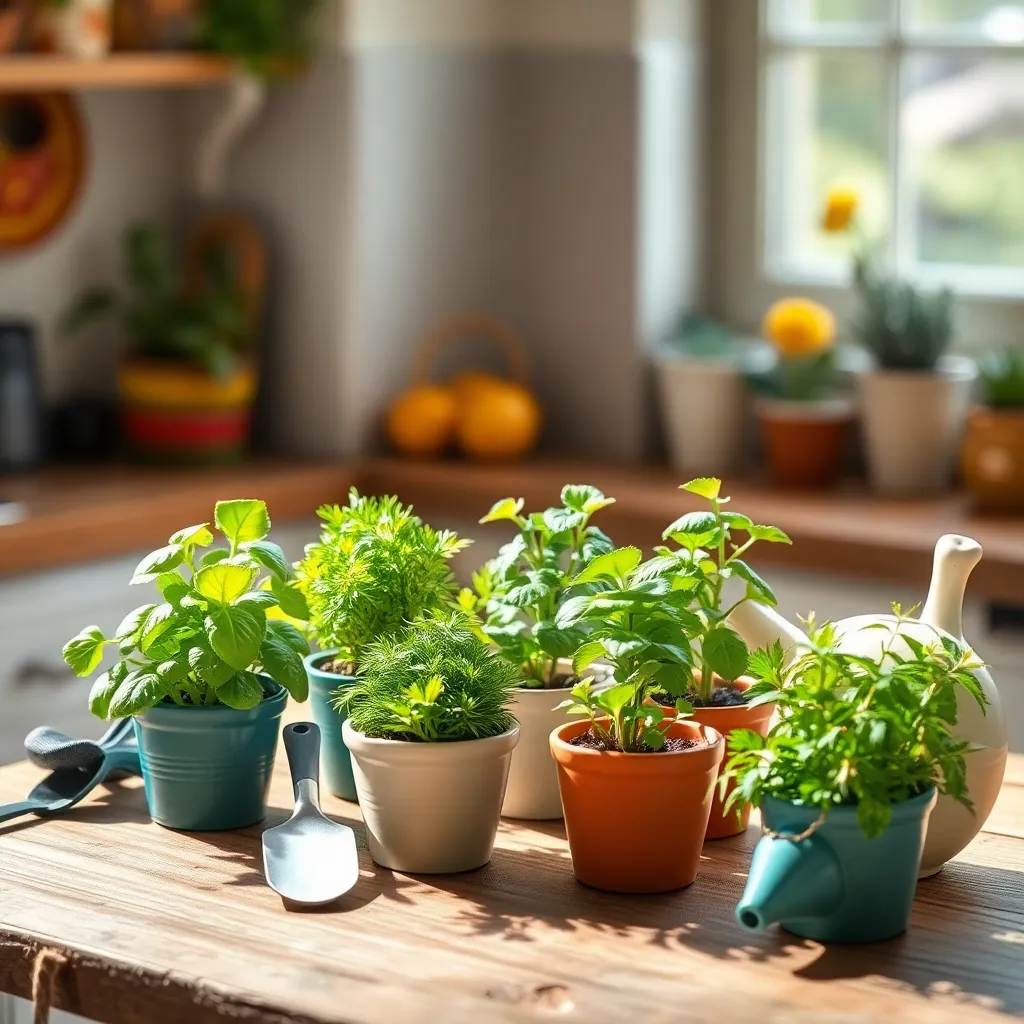
Miniature herb garden kits are perfect for small apartments, offering a delightful way to enjoy fresh herbs without taking up much space. These kits typically include everything you need, such as seeds, pots, and soil, making them ideal for beginners who want to start with little effort.
To thrive, most herbs require a sunny spot, so place your kit near a south-facing window to ensure they receive adequate light. If natural light is limited, consider using LED grow lights to supplement; they’re compact and energy-efficient, as previously discussed.
Watering is crucial for your herbs, but be careful not to overdo it; most herbs prefer their soil to dry out slightly between waterings. A simple way to check moisture is by sticking your finger about an inch into the soil—if it feels dry, it’s time to water.
For those looking to expand their skills, try experimenting with different soil types to see what your herbs prefer, such as a mix with added perlite for better drainage. Additionally, regular harvesting encourages growth, so don’t hesitate to snip your herbs frequently to enjoy their fresh flavors.
Self-Watering Planters (Maintenance-Free Hydration)
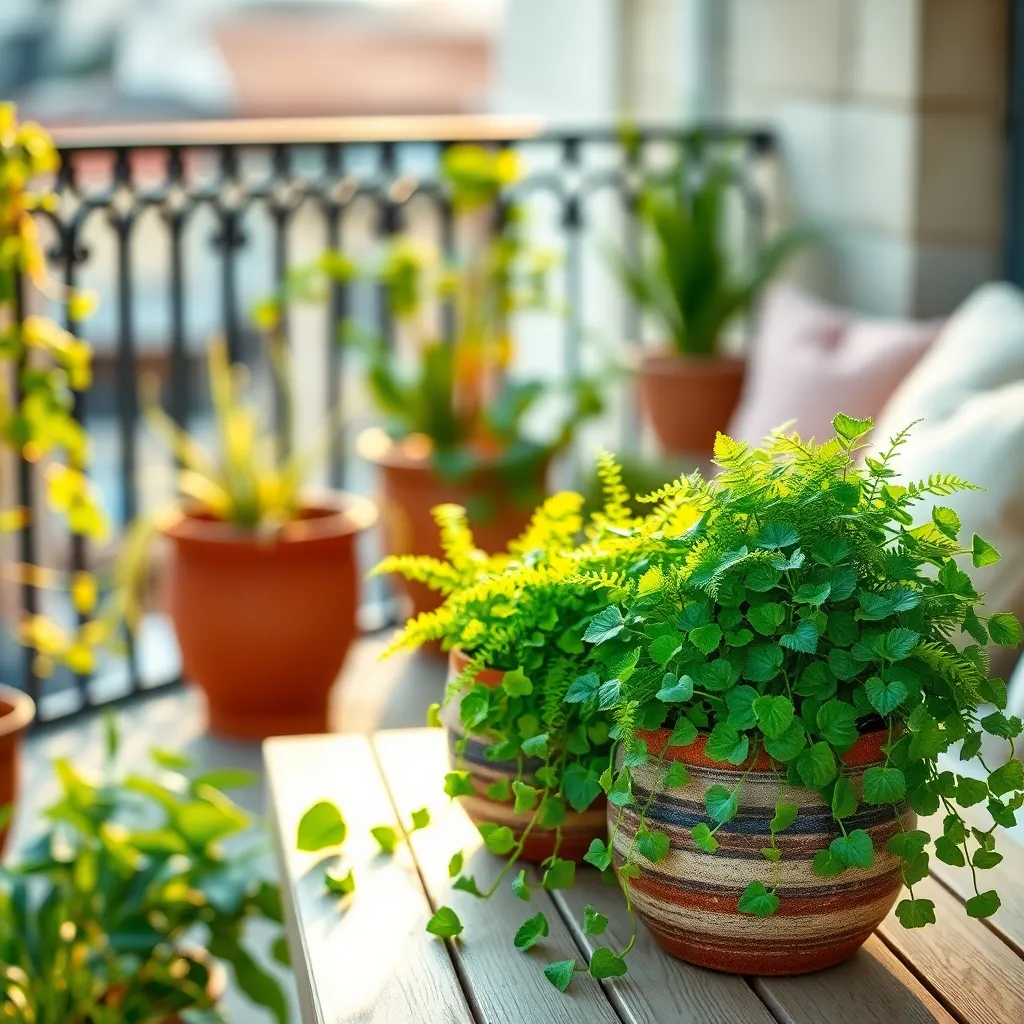
Transforming your small apartment into a lush oasis is easier than ever with self-watering planters. These innovative containers provide consistent moisture to your plants, ensuring they thrive with minimal effort on your part.
One of the main advantages of self-watering planters is their ability to reduce the frequency of watering. This feature is particularly beneficial for busy urban dwellers who may forget to water regularly.
To get started, choose a planter with a water reservoir at the bottom, which allows the soil to draw up water as needed. Ensure your potting mix is well-draining; a mix with perlite or vermiculite is ideal for maintaining the right balance of moisture and aeration.
For the best results, position your self-watering planter near a window that receives indirect light, which is suitable for most apartment-friendly plants. If you’re growing sun-loving species like herbs, consider a south-facing window or supplement with a grow light.
Advanced gardeners can experiment with adding a liquid fertilizer to the water reservoir. This method provides nutrients directly to your plants over time, reducing the need for frequent manual feeding.
Conclusion: Growing Success with These Plants
In exploring the world of “Best Plants for Small Apartments,” we’ve uncovered five key relationship concepts that highlight the connection between nurturing plants and nurturing personal relationships. First, we discussed the importance of space optimization, emphasizing how thoughtful placement can enhance both plant growth and relational harmony. Next, we explored the role of communication, drawing parallels between understanding plant needs and effectively communicating with partners. Third, we looked at the power of consistency, showing how regular care fosters both healthy plants and strong relationships. Fourth, we touched on adaptability, highlighting the resilience needed to thrive in changing environments. Lastly, we emphasized the joy of shared experiences, illustrating how tending to plants can be a shared journey that enriches bonds.
As an immediate next step, consider selecting a plant that resonates with your relationship goals and start the journey of growth together. Remember to bookmark this article for future reference, as these insights can guide you in nurturing both your living space and your connections. By applying these principles, you pave the way for a flourishing relationship that mirrors the vibrant life of your home. Embrace this opportunity to cultivate love and watch your relationships bloom.

